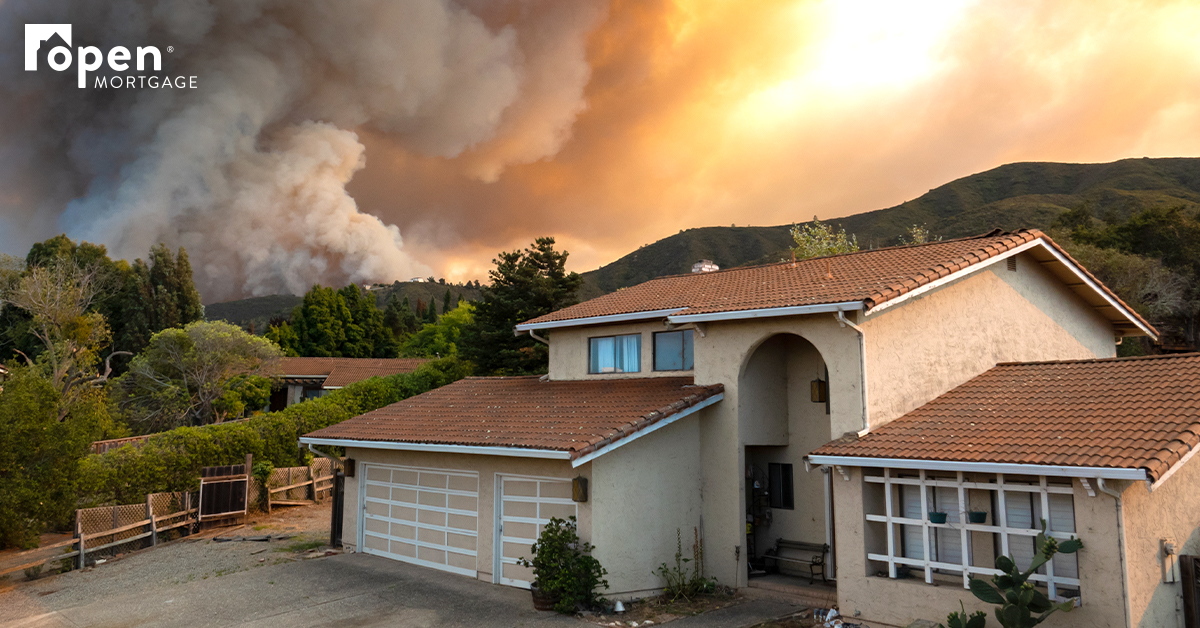
Climate Considerations for Homebuyers
The impact of wildfires, floods, and hurricanes in communities across the United States has been well-documented in recent years. The best available science indicates that water levels will continue to rise along our coasts, and extreme weather conditions will be an ongoing threat.
In addition, these climate trends are becoming an increasingly critical component of the homebuying process. Homeowners and prospective owners should carefully consider how their homes may be affected and assess their property’s capacity to withstand the challenges.
Climate Costs
Among the most common costs that a homeowner will face regarding the climate of a region is their insurance expenses. Choosing to live in areas with an elevated risk of damaging storms or wildfires is likely to come with higher premiums. In some cases, it may also require additional insurance policies. Comparing coverage costs for different neighborhoods can reveal the potential problems before you make a decision.
Whether you’re shopping for a home or already own one, talk to your realtor or insurance agent about the coverage requirements and options. For example, only those homes with the highest risk of flood damage must have federal flood insurance. However, it is available even when it’s not mandatory. And since a traditional policy won’t cover losses due to rising water, it can be an important safeguard if outdated flood maps mean flooding is more likely than you realize.
Protection Priorities
One of the best ways to protect your home from climate-related impacts is to take a proactive approach before buying. If you’re considering an area prone to wildfires, pay careful attention to the home’s lot and nearby properties. A heavily wooded neighborhood may increase the chances that a fire will spread and be harder to contain.
Shoppers in coastal towns, where they are likely to face the high winds of a hurricane, should consult with their home inspector about the house’s structural integrity. Did the builder integrate vents that will lower the stress put on the roof during a storm? Do weak points such as garage doors and windows feature added protection to minimize damage? If it’s an older home, how does it compare to the current building standards for the area?
Additionally, interest in an ocean-front property should be accompanied by the realization that erosion and rising sea levels could increase the likelihood of flooding and eventually lower its value over time.
Have a Plan
Regardless of the weather challenges, creating a plan is one of the best tools available to homeowners. In addition to staying informed about threats before they reach your property, be sure you and your family are familiar with evacuation routes should they become necessary.
Installing storm shutters or having pre-cut plywood ready to go can make securing a home in the path of a hurricane a much less stressful task. Keeping trees healthy and trimmed can pay off in cases of fire and wind, so commit to making it a part of your regular home maintenance if those are common in your city.
While owning a home means dealing with the unexpected, you’ll know exactly what you’re getting with Open Mortgage. Trust our experienced originators to guide you through the mortgage process or explore our website for more details.
 Search
Search




